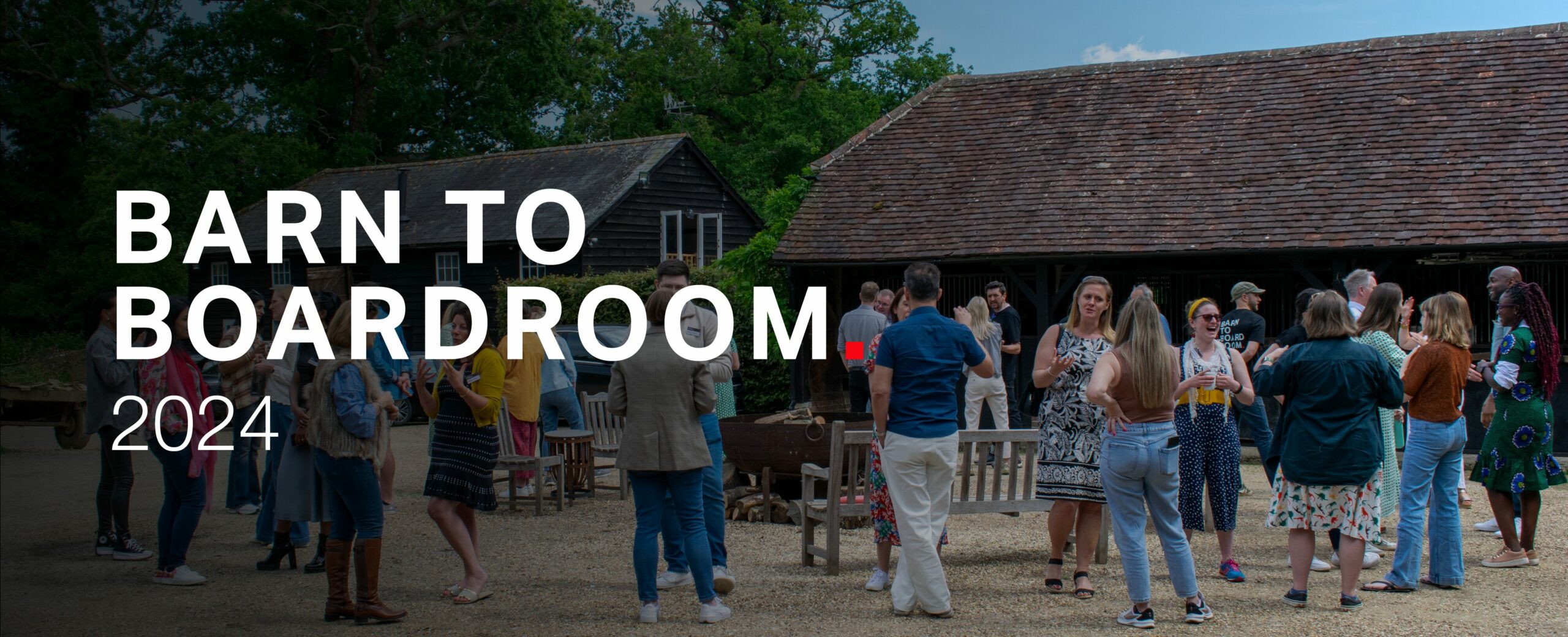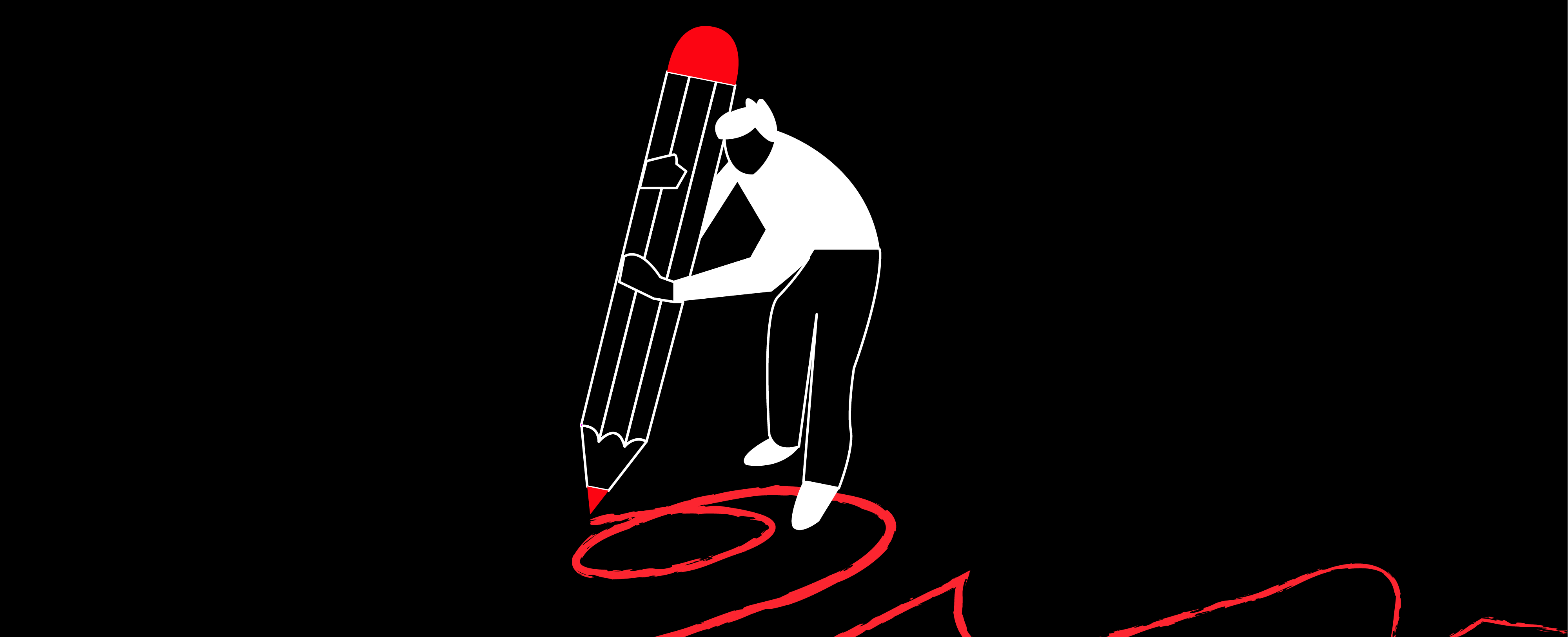Listen up, listen in, let me begin.
Here we go again, folks, yet more insight into the world of internal communications from song lyrics!
This time, it’s House of Pain (that’s not a French house made of bread by the way) who are providing the inspiration.
As delegates at our ninth Barn to Boardroom (the networking event for all IC pros) recently heard, listening up and listening in to their people (and getting leaders to do the same) as part of acknowledging peoples’ diverse voices can go a long way towards delivering a great working culture.
You can’t just nod along
But real listening one-to-one is not all that easy. It’s more involved than just nodding along. And how often have you made your feelings clear about something via a survey, only for it not to be even acknowledged by your organisation? Even if it was about the rise in yoghurt thefts from the staff kitchen, it would have been nice for someone to say, ‘we understand’, right?
As B2B 2024 delegates discovered, showing empathy and understanding while acknowledging your people’s views and acting on them is incredibly important to their morale, motivation and to your IC delivery success.
Thankfully, our brilliant B2B speakers were on hand to help our B2B’ers safely traverse the listening and leadership minefield… so listen up!
Engaging with Viva Engage
As Amy Ellis, Head of Internal Communications at PHS Group, explained, having clear channels and offering your people every chance to talk and share how they are doing is a nailed-on way of demonstrating you care and you’re listening.
Of course, it’s not without its perils, and her leadership team was nervous about pressing ahead with her project to introduce Viva Engage into the business.
Listening to their worries and concerns and understanding their fears was crucial to getting their buy-in. One of their big fears was that they wouldn’t be interesting or have anything to say on the platform.
So, Amy and her team listened. She created a safe space, demoed Viva Engage with them, and explained how it would fit in at PHS.
She listened to PHS people and had data she could use to convince the leadership team that it was what people wanted and needed. She listened in to them 121, helping them overcome individual fears and embarrassments.
It led to her mantra for them on Viva Engage: ‘Be Interested, Not Interesting’. It’s helped shape the leaders’ content, and they are now more visible and in the moment. They’ve opened up, shown real emotion, and shared authentic stories.
How she approached the leaders helped them listen to her, and taking time to understand where they were was transformational for them and the business.
A little league table showing which leadership team member has the most monthly engagement hasn’t hurt in driving some competitiveness, either!
Employee activism
Your people will always have differing views and opposite points of view, and some will be very vocal about how they feel.
It’s especially true these days when there are so many conflicts and suffering worldwide. Black Lives Matter, Roe v Wade, Gaza, Ukraine. Perhaps your organisation could be doing more for the environment. Your people will have a viewpoint on all of these and more.
So, as Sarah Meurer, B2B Co-Founder and VP of Global Internal Communications at Elsevier, said, you’ll need to demonstrate that you’re listening and understanding while considering how much influence your organisation could or should exert on an issue.
Pretending it ain’t happening isn’t going to cut it, and Sarah suggested working with your leadership team to form a response (if relevant) was a good place to start.
Defining your organisation’s authority on a subject, whether it’s your concern, and how much change you should or could make to the agenda are helpful questions to answer when defining an internal (and external) response to a hot topic.
Whatever happens, Sarah stressed the number one priority should always be ensuring your people feel safe and psychologically protected in an inclusive environment.
Some key ways to deliver it are to create FAQs, be empathetic, offer support and education on a hot topic, and ensure internal social media is managed and monitored.
Where are you on the listening spectrum?
Successful organisations use customer insights and innovation, accept change, do the right thing… and, crucially, listen to their people.
Howard Krais and Mike Pounsford, Co-Authors of Leading The Listening Organisation, told our B2B delegates that workplaces are now entering an ‘age of listening’ where listening is paramount to business success.
To build a deep listening organisation, we need to hear and respond appropriately to our people and ensure that leaders have the right mindset and approach to do this across individual listening styles.
They said businesses can’t innovate without listening, especially to teams close to customers.
Ultimately, organisations need to listen to their people because it’s the right thing to do.
They shared their listening spectrum, which ranges from passive, more reactive, and BAU stages of being a listening organisation to deeper, more engaging, and co-creating organisations and everything in between.
HR and IC – they can work together by listening!
They may have similar goals, often the same values, and the same desire to ensure people can thrive in the workplace. So, why don’t HR and IC always seem to get along?!
Kathryn Kendall, partner and chief people officer at Saltus, told B2B delegates that listening across the departments can help bring people together.
It’s about talking and understanding how HR and IC can help each other. Make the ‘why’ and the ‘because’ of what you’re doing clear, and spend time understanding each other’s goals.
She said investing in listening, genuinely hearing your people, acting on it and ensuring that approach starts from the top is essential to becoming a listening organisation.
It needs to be nurtured. After all, a good workplace culture can’t be taken for granted!
So, there we have it – another B2B done and dusted. Judging by the feedback so far, it was definitely more House of Fun than House of Pain!
In fact, it was so good we’re doing it again next year.
To register for B2B 2025 and enjoy great IC insight (plus a smashing BBQ, free gin and more), go to https://ineedsurgery.com/register-for-tickets/
See you there!






